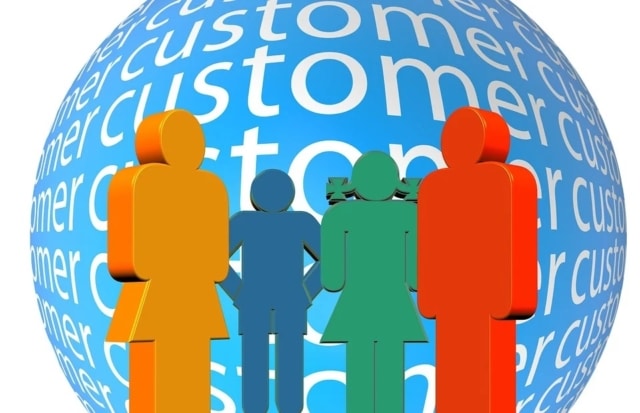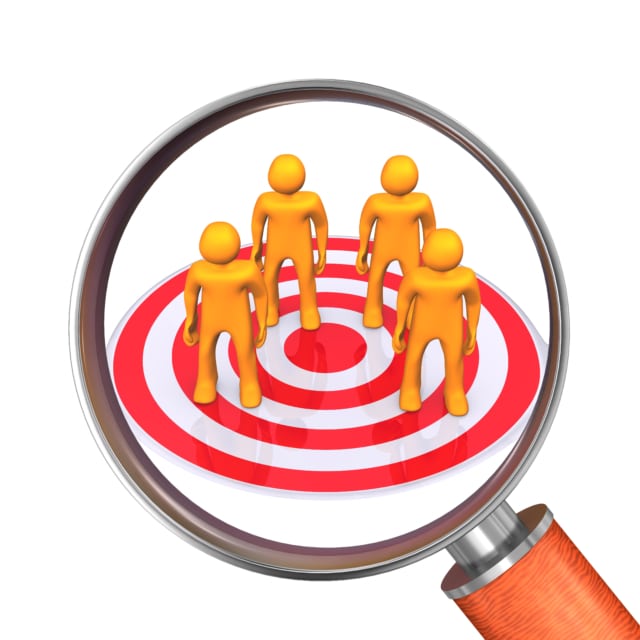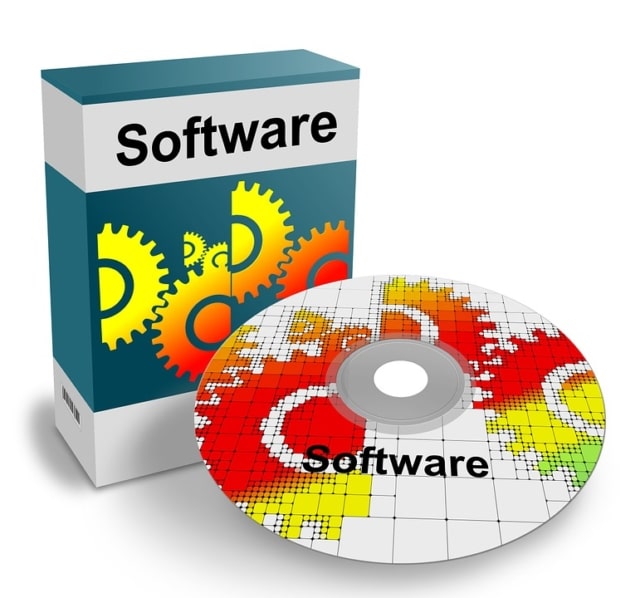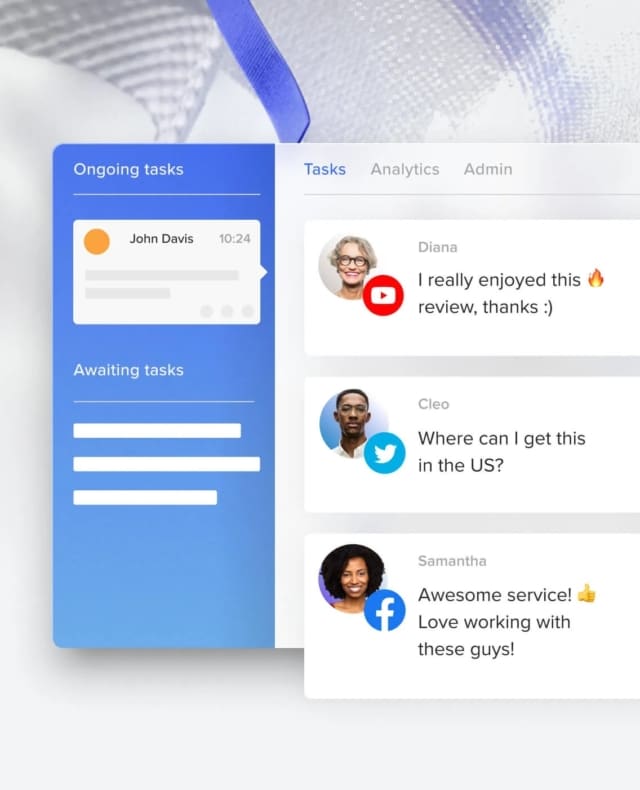There is a well worn phrase in business that ‘the customer is king’, which emphasises how important your customers and your future customers are to your business. And in the modern highly competitive world of ecommerce and digital interaction, that old adage has never been truer or more important.
Customers nowadays have far more choice and can change the business they use with a simple click. So it is now more crucial than ever that companies strive for both customer retention and to attract new customers. But how do you do that? Ensuring that all customer experiences are smooth and painless lies at the heart of achieving those two complementary aims.
Even a previous good record of providing positive customer experiences is no guarantee that this will continue, as noted in this Forrester report. And with the technology available, this task can be both easier and more complex as we look to deal with customers who could be based in almost any part of the world. Customer experience management is now a central task in how we do business. But what is customer experience management? What benefits does it offer, and what technology can we use to ensure it is done well?
What is Customer Experience Management (CEM or CXM)?
Customer Experience Management (CEM or CXM) is the management of your customers’ experiences and interactions with your business. This includes in physical locations as well as digital experience via online touchpoints. Customer experience can help improve customer satisfaction and raise the levels of advocacy from your customers.
The aim of good customer experience management is to deliver a personalised experience with no issues. The kind of experience that promotes brand loyalty, customer retention, the attraction of new customers, increased revenue, and a better bottom line. That experience covers not only the various customer touchpoints at or before the time of purchasing products, but also any aftersales service, including returns and customer enquiries.
And with online shopping continually increasing, pushed in part by the COVID-19 pandemic, customer experience is now more digital than ever before. So, technology plays a big part in increasing customer engagement and keeping your customers satisfied.
What is Customer Relationship Management (CRM)
Customer Relationship Management (CRM) refers to the internal processes, technological efforts and principles an organisation follows when analysing its customer data, needs and trends to improve its services and products.
The Difference Between CRM and CXM

The best way to understand the difference between CRM (customer relationship management) and CXM (customer experience management) is to think of the former as being more of an internal process, while the latter is more customer ‘facing’. CXM takes into account customer insights and views.
CRM is about the technologies (usually software packages) and strategies that you employ to manage how you interact with current and future customers. CRM helps you have a better understanding of your customers and of their behaviour. It’s more of a quantitative approach that deals with the hard customer data generated by business interactions. CXM is more qualitative.
They are both, ultimately, about the customer experience, but CRM is a more technical and operational approach that examines and manages the ‘how’ of your customers’ interactions. That approach allows all teams in silos dealing with customers (salesforce, marketing, customer service, etc.) to have the insights they need to do their job better.
Customer experience management is more about the whole experience that allows you to monitor and organise every instance where someone interacts with your company in their customer lifecycle. There are four identifiable steps in a customer experience strategy:
- Understand customer expectations.
- Develop a customer vision.
- Develop and maintain a connection with your customers.
- Collect and respond to feedback.
Benefits of CXM

At the heart of good customer experience management lies that ‘customer is king’ concept mentioned earlier. The one which for some companies has been put aside in favour of sales targets, revenue, and the many related metrics. That focus ignores the often emotional connection that can develop between a brand and its customers.
Customer experience management seeks to redress the balance and offers the following benefits:
1. Feedback
CXM makes your customer feedback important and useful. It gives you real insights into the entire customer journey map and how customers view your brand. Good feedback means that you can see what parts of your strategy are working and which parts may need adjusting or further development.
2. Problem Solving
Good CXM helps you identify any pain points customers experience. It helps you see anything in your ecosystem that gives customers problems so you can solve the issues. It also helps you to directly help with any other issues that customers are experiencing and deal with enquiries efficiently. Marketers, too, can then craft campaigns and messaging around those identified pain points.
3. Omnichannel Vision
CXM lets you see and deliver a well rounded customer experience. Whatever platforms or devices are used by your customers, CXM lets you see and interact easily. With digital transformation playing such a major part in modern business, 360 vision is essential to success and good omnichannel strategies are also crucial.
4. Real-Time Responses
For customers, nothing can be more annoying than a slow response to their complaints. CXM lets you respond in real time, letting you solve issues and turn their experience around. Customers prefer for any issues or enquiries to be dealt with as quickly as possible rather than waiting for a solution.
5. Improve Customer Loyalty
With real time responses and other approaches, CXM gives you the ability to increase customer support and retention and reduce churn rates. And that means you can increase your NPS (net promoter score). Customer retention is one of the major goals for anybody doing business.
6. Employee Satisfaction
One of the great things about CXM is that it encourages you to offer a 360 degree experience. It not only sees everything about your customers, it also takes into account employee views on how they do their job and what they need to do it better, allowing you to make adjustments where they are needed.
Techniques and strategies to manage the Customer Experience

So you know you want to place great customer experience at the heart of your forward-thinking game plan. But how do you do that? CX strategy is the designing of an actionable plan (or plans) that will deliver an improved customer experience across all interactions with your brand. Some of the essential factors you should include in any such strategy include:
1. Develop a Strong CX Vision
Know what you expect of your organisation and staff when it comes to good customer experience. It can help to develop a set of statements that define this vision. They can incorporate your company’s vision statement and should act as guidelines, both in the way your staff work and to optimise any training or development.
2. Know Your Customers
If you don’t know your customers, how can you develop interactions that make them happy? To fully understand them, it helps to segment them. Segmentation can cover everything from age groups or physical location to how they connect with you. Segmentation can help your staff understand customer needs better in the long term.
3. Develop and Maintain Connections
Emotional connections often lie at the heart of good customer experiences. Understanding and empathising with your customers means that they will be happier and more likely to be loyal to your brand. Customers who feel an emotional connection to your brand are more likely to recommend your company and four times more likely to pay more for a good experience
4. Create a Real Time Feedback Process
Old-fashioned customer surveys have no real place in modern CXM. Collecting feedback in real time lets you immediately identify the level of customer experience you are providing. You can still use outbound calls and follow up emails but they should be integrated within an overall feedback process very much rooted in the now.
5. Create a Strong Training Framework
Once you know your customers – and their needs – you need to identify any gaps in the abilities of your staff. By knowing what you need to deliver, you can create a training and development structure that helps fill any gaps, whether at individual or organisational level. And with so many staff now working from anywhere, look at delivering this by webinar or via video conferencing sessions.
6. Develop a Regular Employee Feedback Process
While most companies carry out annual employees surveys, this does not offer a regular snapshot of what is happening within the CX framework. By implementing a continuous assessment of employee views, you not only gain insights into how to improve customer experience, you also quickly identify issues and make your staff feel more valued.
7. Identify Your Metrics
How do you measure if your CXM is working? The main metric you will want to examine is your NPS. By simply asking if a customer would recommend your brand to a friend or relative, you have a key metric that measures how satisfied customers are with their overall brand experience.
Those word of mouth recommendations play a major role in attracting new customers. It is a simple metric to use, but gives you an accurate idea of how the CX you provide is viewed.
Software for Customer Experience Management

A major part of implementing efficient CXM is choosing the right software to do the job. Choosing the right software for any part of your business is important, and good CXM software will play a big part in helping an organisation to measure feedback from your customers and linking that feedback to your overall business metrics.
By choosing the best CXM software package, you are helping to streamline several processes within your business, including cost/budget management, communications, and many minor admin duties—often with the help of automation. Before you choose which software to use, consider the factors that matter; the number of brands and products you have, target markets, and demographics, etc.
Your CXM software should enable you to monitor and measure what customers think of your business. It does this by taking received feedback, looking at how it relates to your desired business metrics, then analysing them together. By producing metrics related directly to feedback, you can see where changes are needed to improve the entire customer experience.
Without reliable CXM software you are left with multiple data silos that may not give you the ideal snapshot of how your customer experience is being delivered. And without that reliable snapshot, making positive changes becomes a bigger task. When deciding on your software package, consider the following features and their importance to your organisation:
- Mapping customer journey. Complete overview of every aspect of how customers interact with you.
- Strategy development. Being able to build and test strategies to enhance customer experience.
- Managing inventory. Lets customers track products and allows businesses to view what products are associated with customers and see any issues.
- Collaboration. Allows communication between different parts of or teams within your organisation, for task allocation and discussion.
- Managing tickets. Keeps track of all customer conversations and converts them to tickets, thus ensuring customers are not overlooked.
- Self-service. Helping customers to help themselves through apps, IVR, FAQs.
- Integration. Integrating all your systems, apps, and processes to develop a seamless system, leading to better CX.
- Report and analyse. Monitoring, tracking, and analysing desired metrics and generating reports that give you useful insights.
Customer Experience Solution from RingCentral
RingCentral has long prioritised the importance of customers, both our own and those of the businesses we work with. That’s why we focus on providing businesses with some of the best communication tools available on the market today. Great communication, after all, lies at the heart of providing the best customer experiences.
RingCentral’s customer engagement solution is ideal for all sizes of organisation, and offers you the scalability you need so the solution grows as you do. No matter what channels you use, it will integrate seamlessly with existing systems and offer you perfect communication whether outbound, inbound, or via digital channels.
For inbound calls, the system ensures that an agent is waiting and ready to deal with customer enquiries. For outbound teams, RingCentral’s Cloud Contact Centre solution helps boost your agents’ productivity and you can customise your outbound diallers to any specific campaign.
With so much business now being done digitally, via emails, social media, etc., RingCentral’s tools make it simple to connect on channels your customers want to use. Let your customers feel like however they choose to interact, the connection is always like a direct call. These are some of the factors that have led to Gartner recognising RingCentral as a global leader in unified communications.
Streamline your Customer Experience Management with the RingCentral Customer Engagement platform that allows you to centralise customer feedback from different channels and make it easy for you to map consumer trends. To see just what RingCentral’s cloud contact solution can do for you, why not request a demo today?
Originally published Jul 05, 2021, updated Apr 05, 2023


